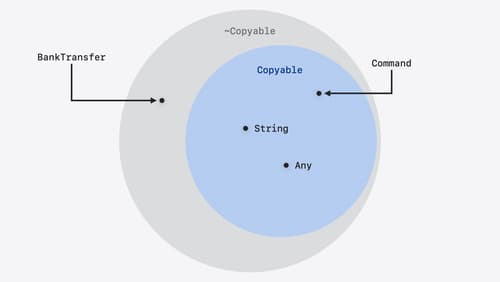Виртуальная таблица для init и deinit
Asked on 2025-02-14
1 search
It seems like you're asking about virtual tables for init and deinit in Swift. While the provided context from WWDC sessions doesn't directly address virtual tables for init and deinit, it does cover related topics such as Swift performance, memory allocation, and Swift 6 migration.
For example, the session "Explore Swift performance" discusses memory allocation and the handling of closures, which might be relevant when considering the lifecycle of objects in Swift. Additionally, the session "Migrate your app to Swift 6" touches on concurrency and data-race safety, which could be indirectly related to how initializers and deinitializers are managed in concurrent environments.
If you have a specific question about how Swift handles init and deinit, or if you're interested in a particular aspect of Swift's memory management or performance, I can try to provide more detailed information based on the context available.

Consume noncopyable types in Swift
Get started with noncopyable types in Swift. Discover what copying means in Swift, when you might want to use a noncopyable type, and how value ownership lets you state your intentions clearly.

Explore the Swift on Server ecosystem
Swift is a great language for writing your server applications, and powers critical services across Apple’s cloud products. We’ll explore tooling, delve into the Swift server package ecosystem, and demonstrate how to interact with databases and add observability to applications.

Track model changes with SwiftData history
Reveal the history of your model’s changes with SwiftData! Use the history API to understand when data store changes occurred, and learn how to use this information to build features like remote server sync and out-of-process change handing in your app. We’ll also cover how you can build support for the history API into a custom data store.
